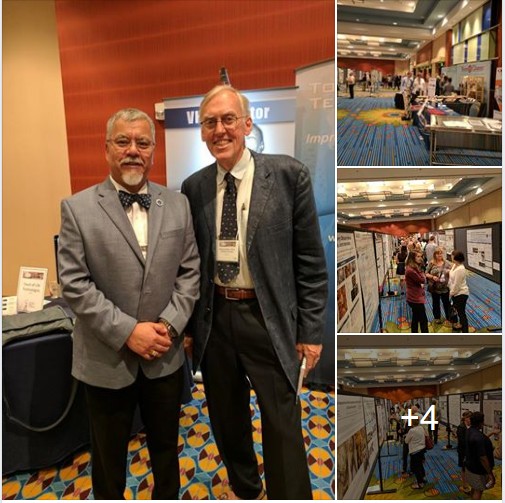|
2017 AACA Meeting – Tuesday, July 18.
This is the 2017 Meeting of the American Association of Clinical Anatomists in Minneapolis, MN. This 34th meeting of the association, gets together over 300 clinical anatomists, anatomists, physicians, and students from all over the world.
The meeting started with the official welcome by the president of the AACA, Neil S. Norton, Ph. D., and the welcome by our local Minnesota host Tucker W. LeBien, Ph.D.
Unfortunately, our Honored Member James D. Collins, M.D., is sick and could not attend. We all wish him well.
The rest of the day was spent in poster sessions, the Tech Fair, and a reception where new AACA members can meet our mentors and possibly connect throughout their careers. The AACA aims to help its members through these activities.
We also had time to visit the exhibit hall where our sponsors can present their products. We sincerely thank them for their contribution.
One of the presentations that caught my attention was the use of augmented reality in anatomy, where you can see an anatomical structure floating in the air superimposed on the environment. 3D anatomical resources were also presented by the exhibitors.
One of the highlights of my day was to meet again with Victor M. Spitzer, Ph.D., (Honored Member AACA 2014) and talk about meeting in Colorado at his lab, and the incredible revolution in anatomy that he started with The Visual Human Project. I invited him to become a contributor to our blog…. Hope he accepts!
The day ended with some of the attendees to the meeting going to see a New York Yankees vs, the Minnesota Twins baseball game…. I stayed. Unfortunately for our hosts the NYY won 6-3.
More nice stuff tomorrow!!!
|



